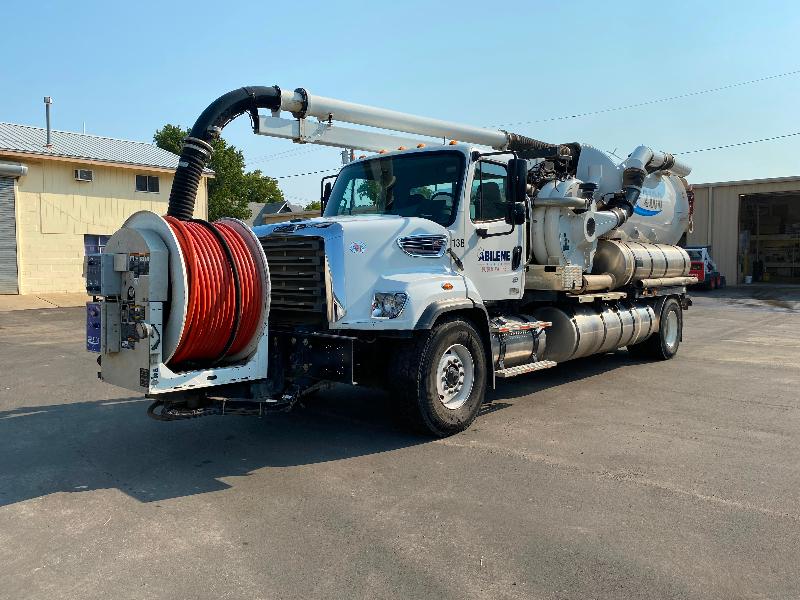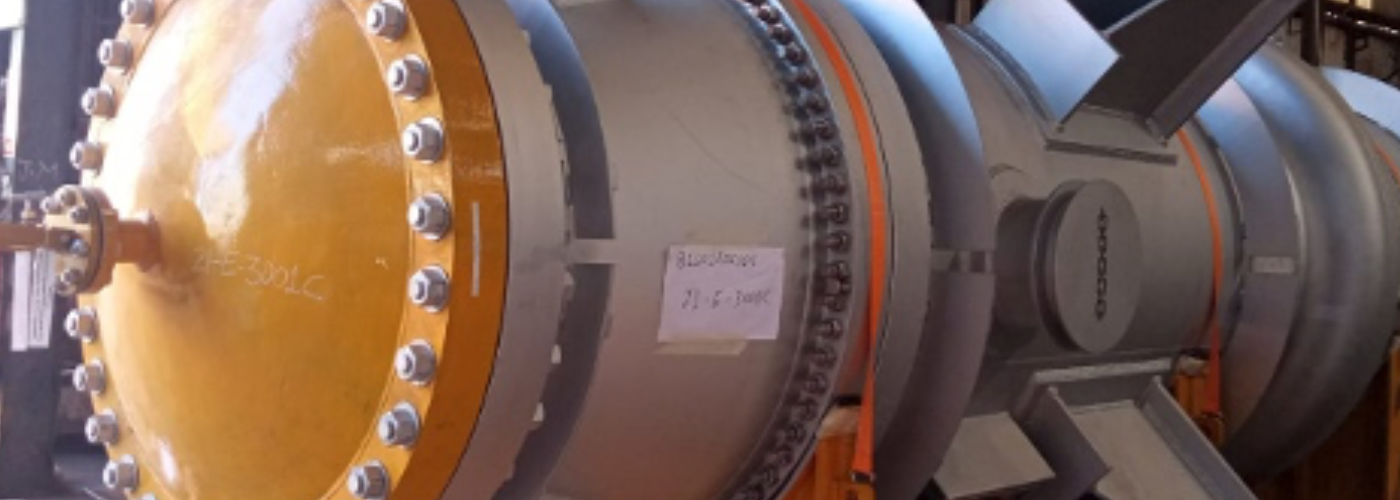Media Coverage
Where do returned gifts end up? Probably Indiana
Liquidity estimates that U.S. consumers returned a record $283 billion in merchandise in 2014. A publicly traded company based in Washington, D.C., Liquidity does its resales via online auctions or straight sales at its websites liquidity.com and secondipity.com. Liquidity's vice president of e-commerce, Jeff Rechtzigel, who works out of the Plainfield warehouse, ticks off a few reasons for the rise in returns: Consumers are more demanding in their wants, retailers offer more lenient return policies and it's easier than ever to ship items back through the mail.
The ability of companies like Liquidity to get decent prices for resold items also makes retailers more willing to put up with returns. "We're able to drive higher and higher recovery for those products" thanks to the online sales, Rechtzigel said. Liquidity's auctions typically run for 48 hours and attract anywhere from one or two bidders to several dozen. The company's list of registered bidders has grown to 2.6 million. Most are small businesses that rely on Liquidity and other "reverse logistics" companies for product. The returns industry has thus become a vast online market for bargains.
Liquidity's auction sites last week were brimming with cut-rate deals. Like a box of seven Ryobi and Dewalt tools, including a gas generator and a table saw, that retailed for $1,624 and sported a high bid of just $339. Or 15 pounds of 320 name-brand cosmetics units, including eyeliner, powder, nail polish and lipstick, that drew 12 bids and sold for the minimum set price of $185. Alkhalifa, the Ohio wholesaler, said he's built his business, M&J Grove City, using items he buys from Liquidity and one or two other salvage companies. In a normal week, he said, he buys 10 to 25 pallet-loads of salvage items. "We all depend on these guys," he said. "If they don't have it, we're out of business."
Liquidity is betting that returns will remain a big part of the U.S. retailing scene. The company is expanding its warehouse network from five to seven by adding locations in Canada and Las Vegas. And the 185,000-square-foot Plainfield warehouse, which opened eight years ago, recently was outfitted with 40% more storage racks to handle all that stuff from the inbound docks.






